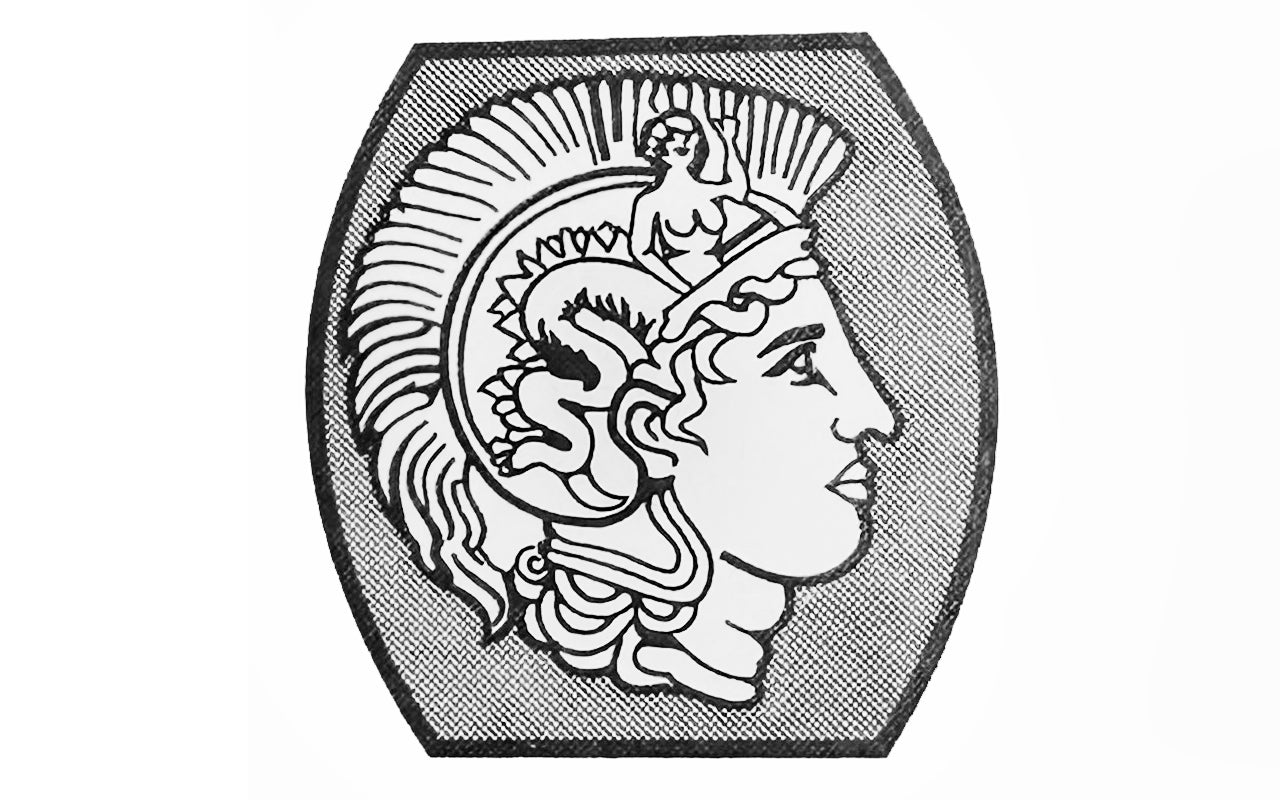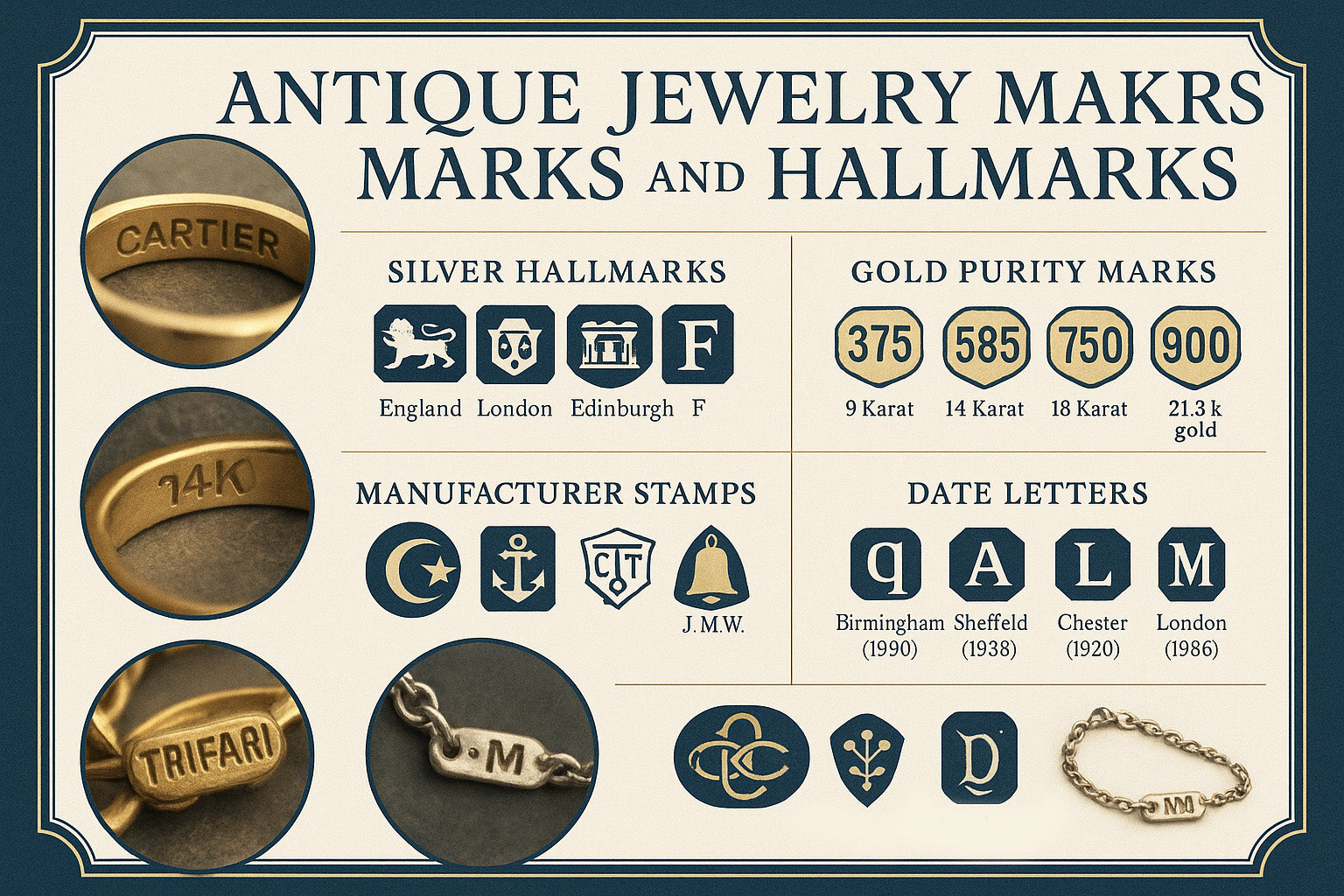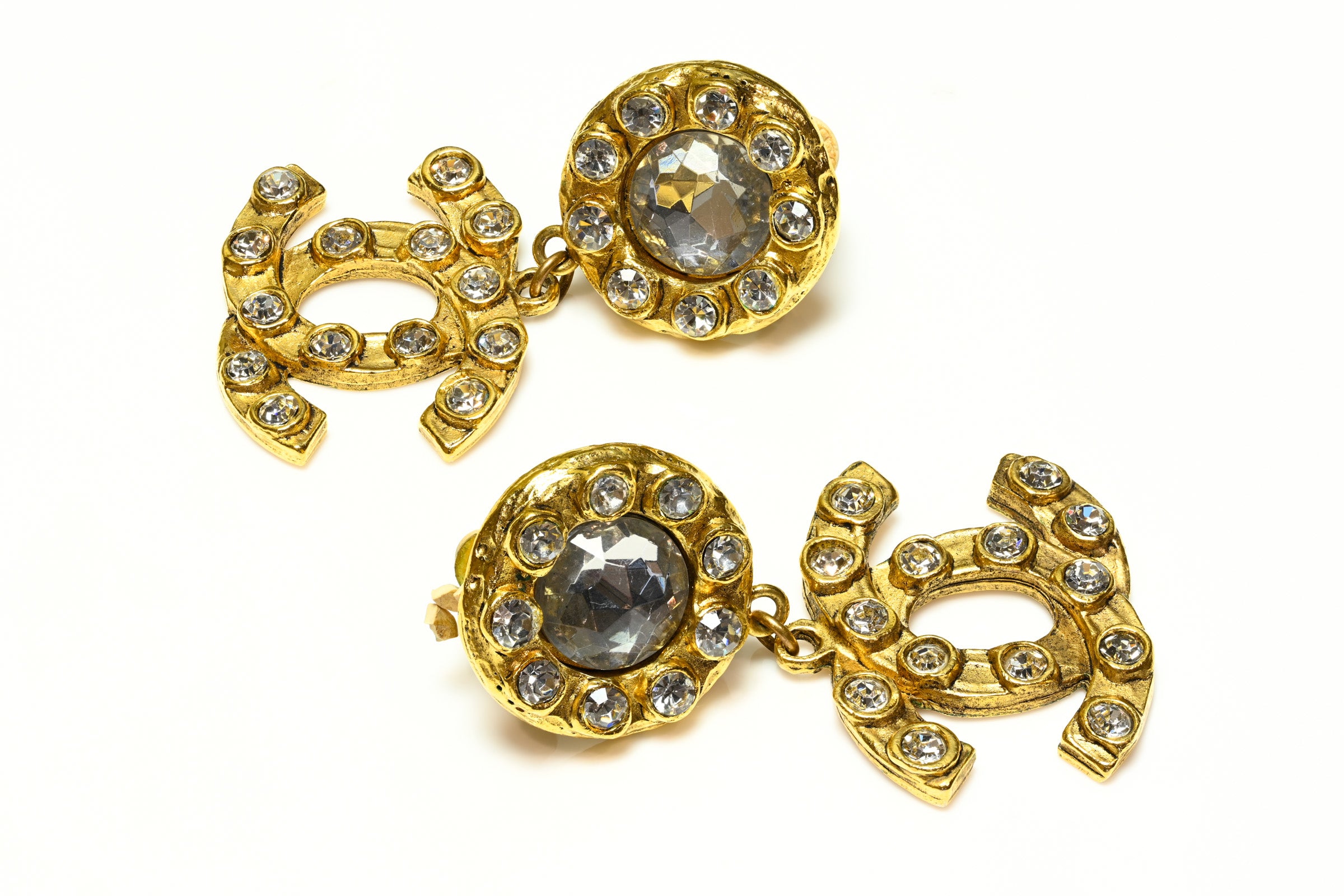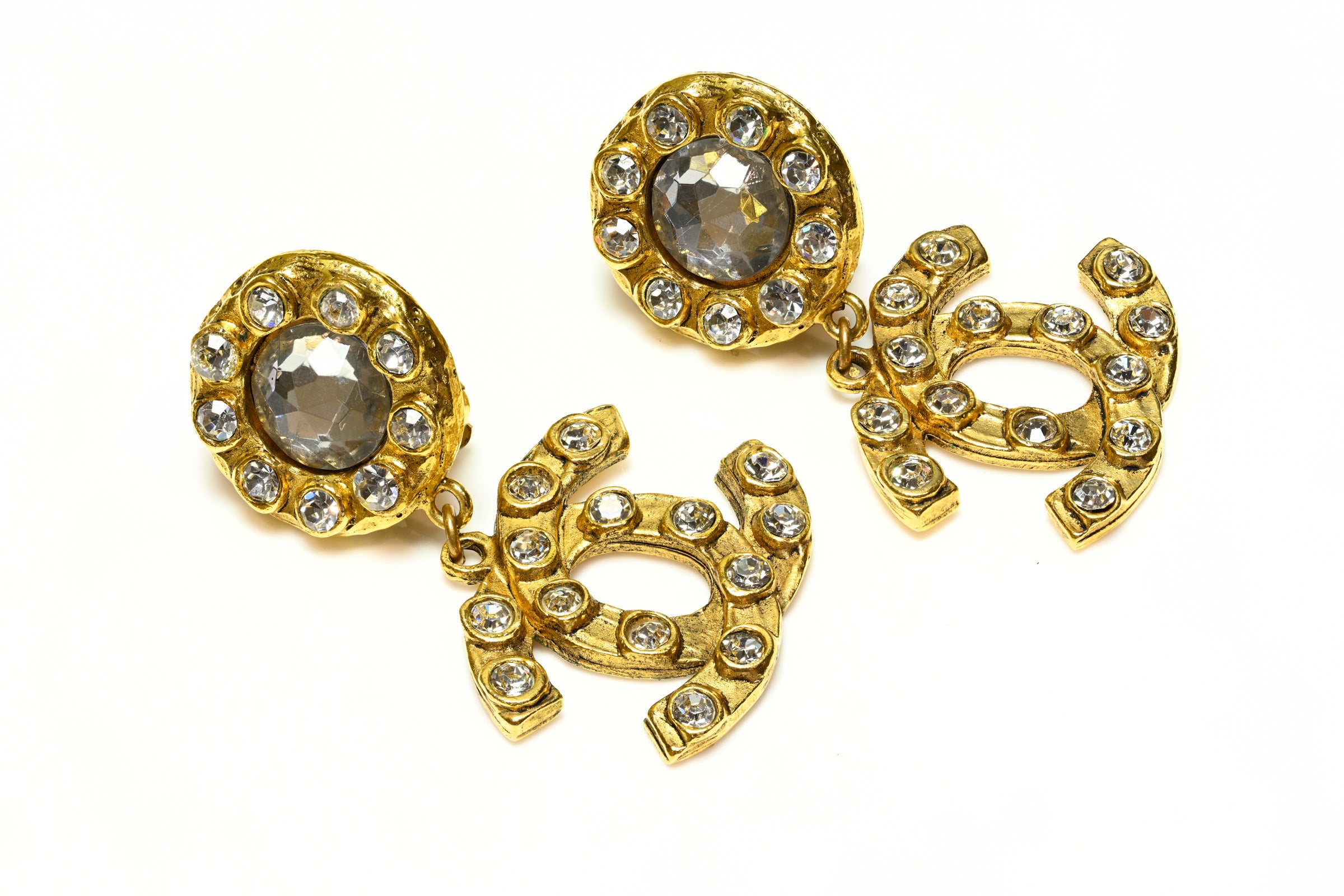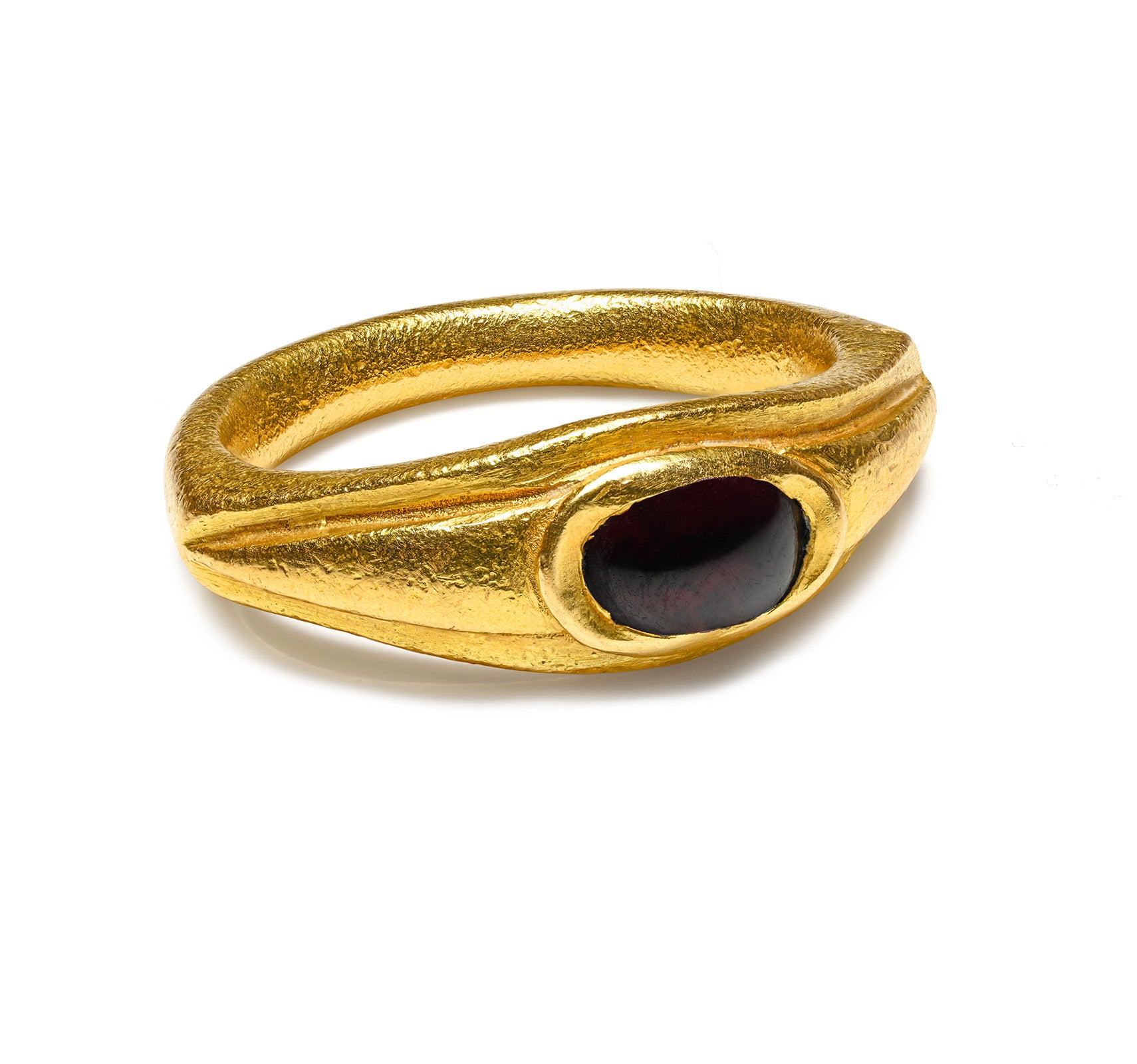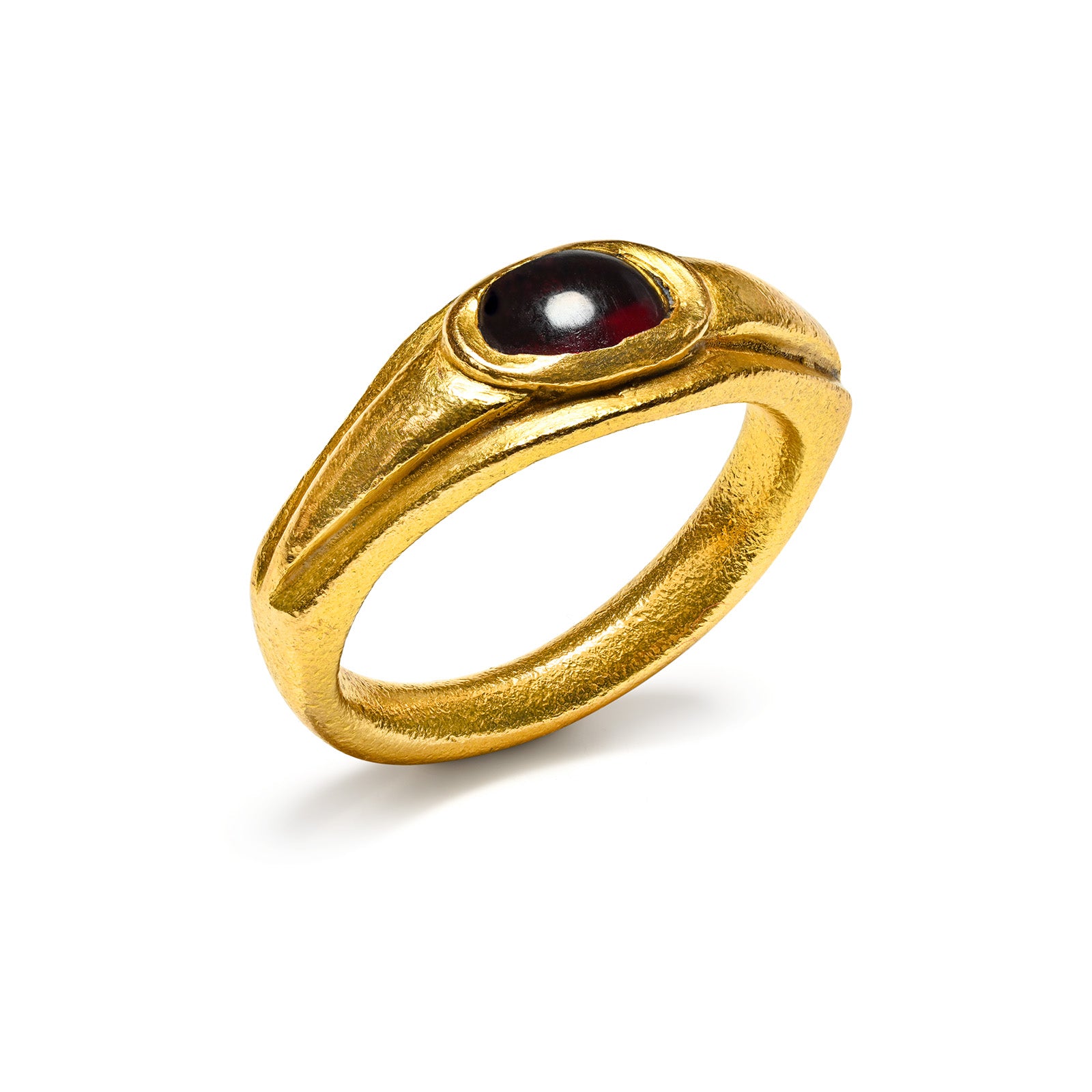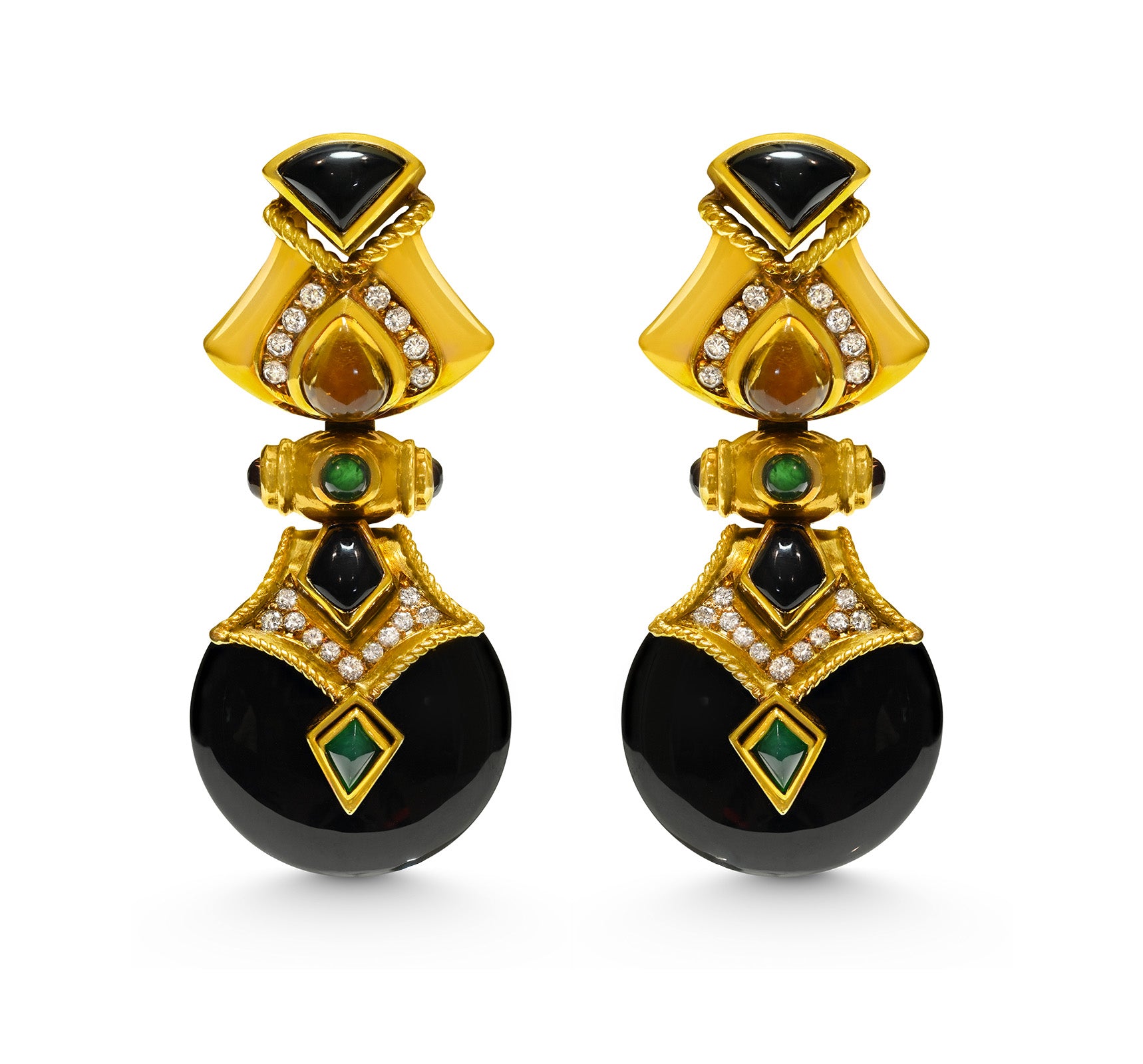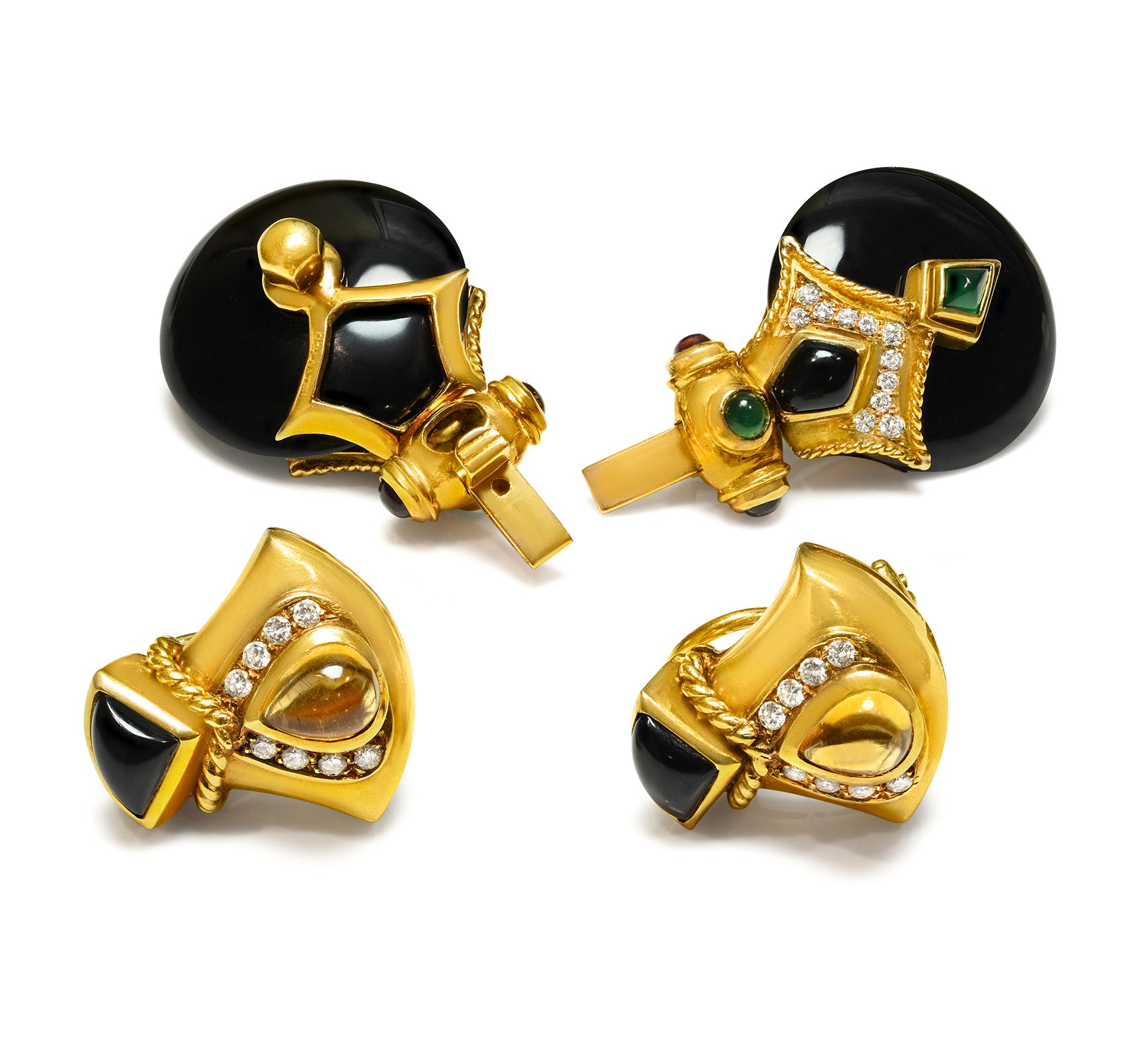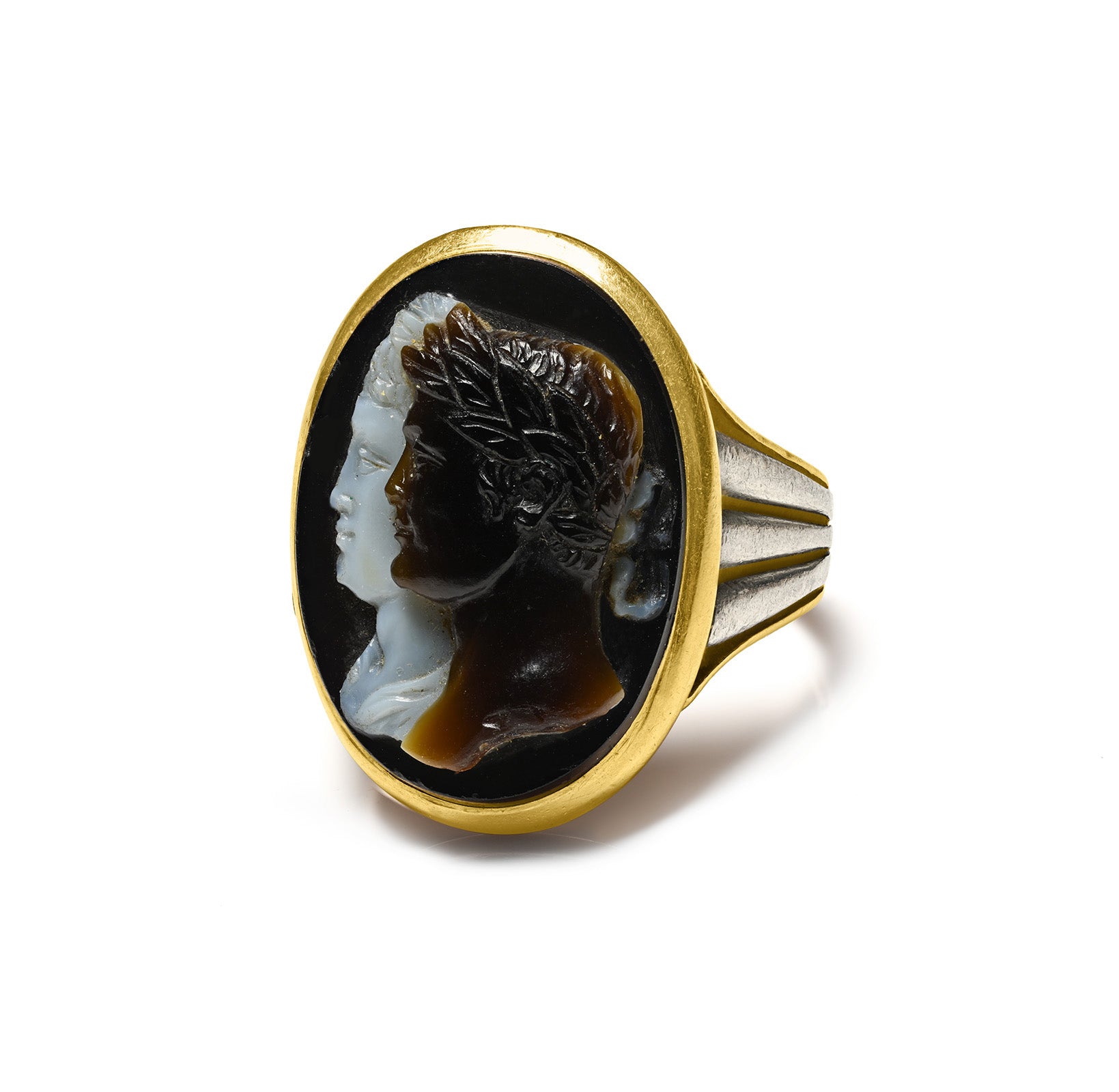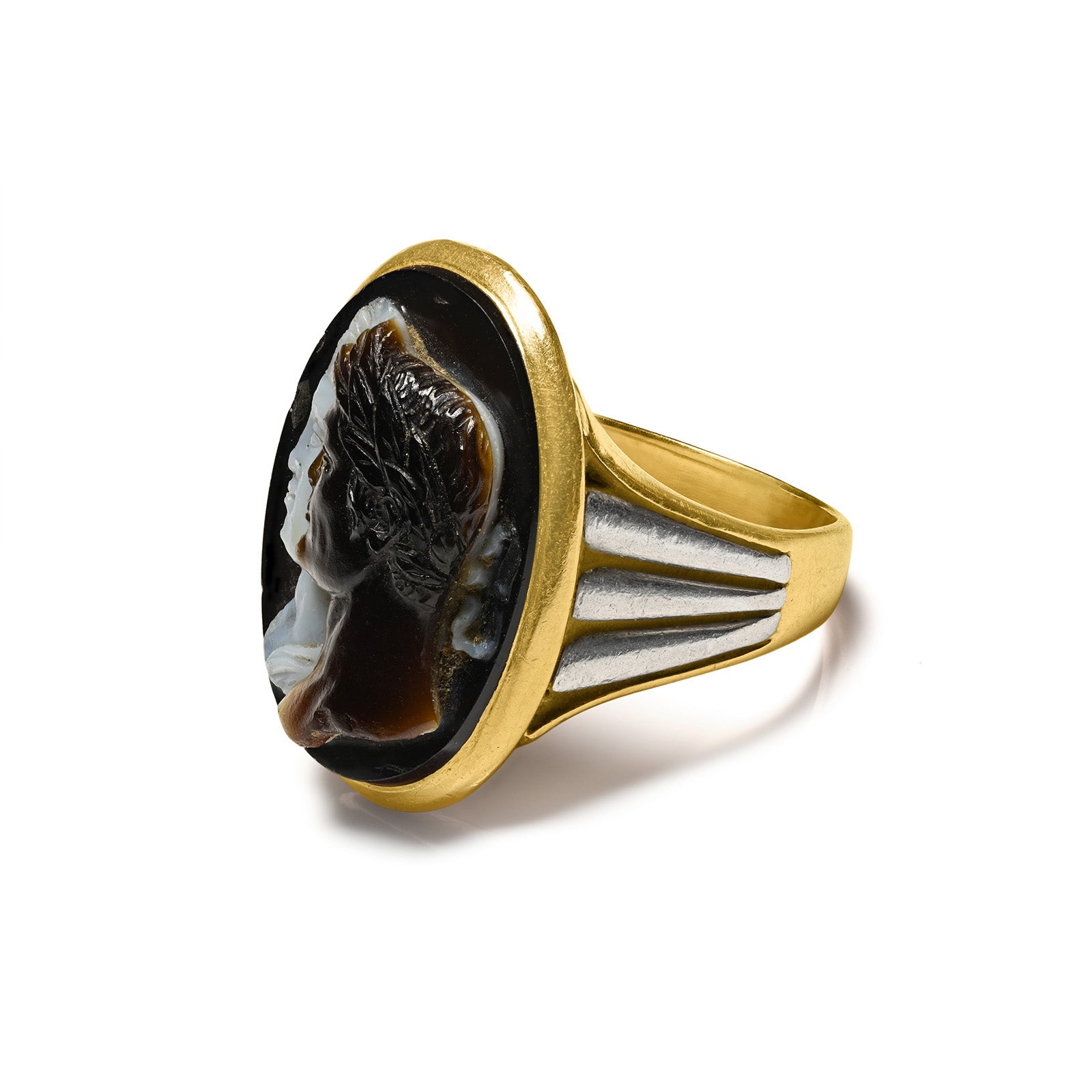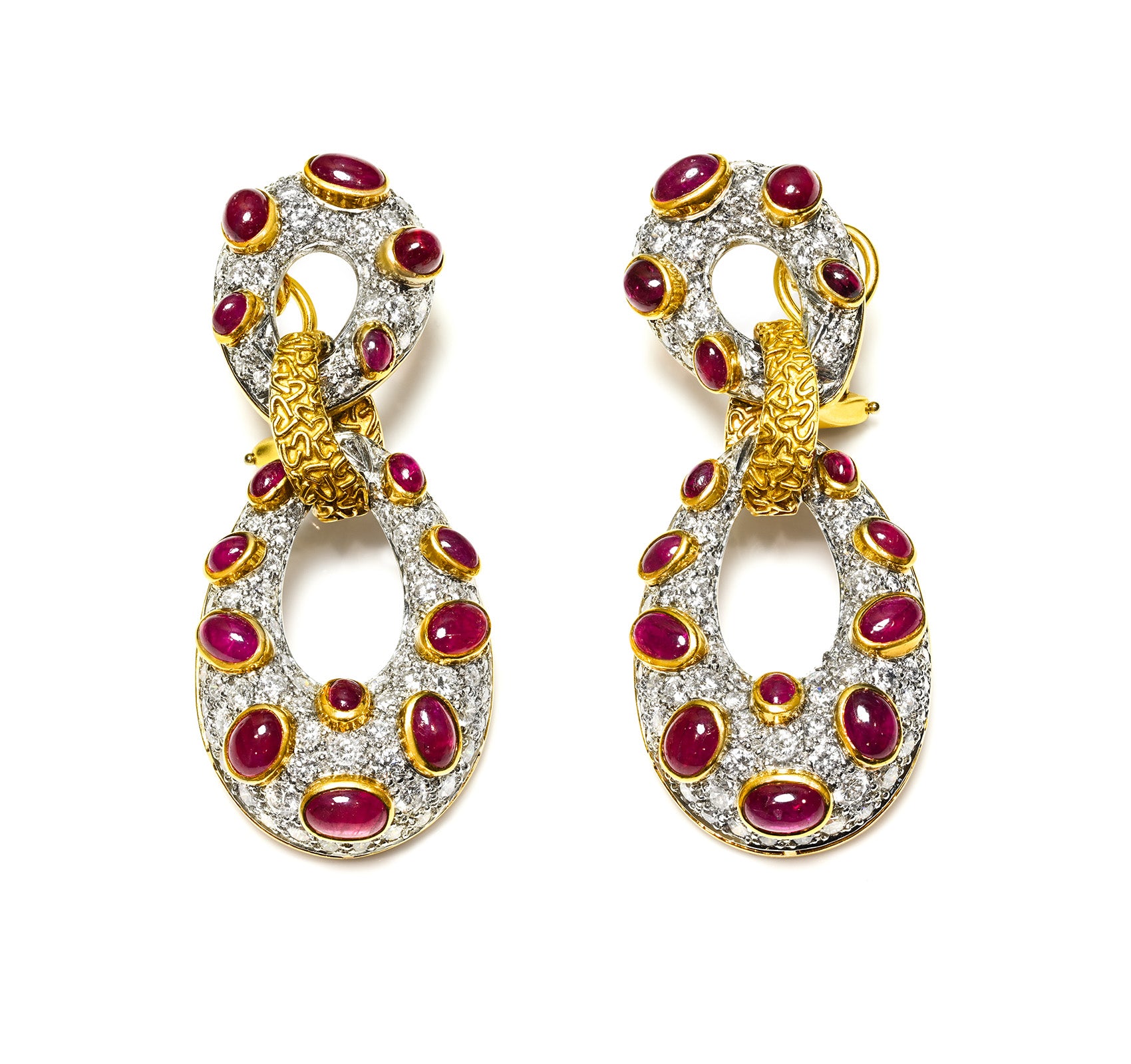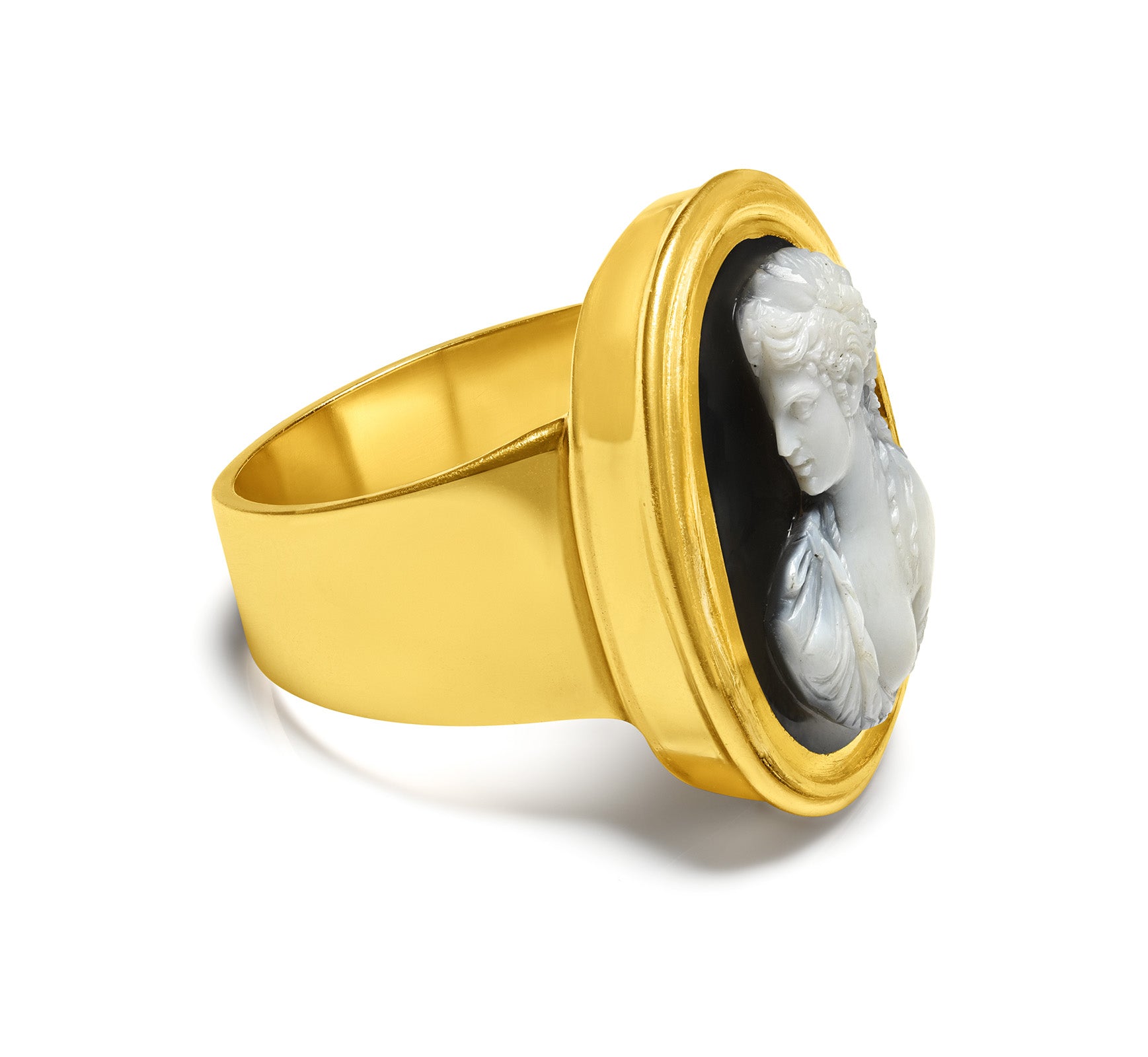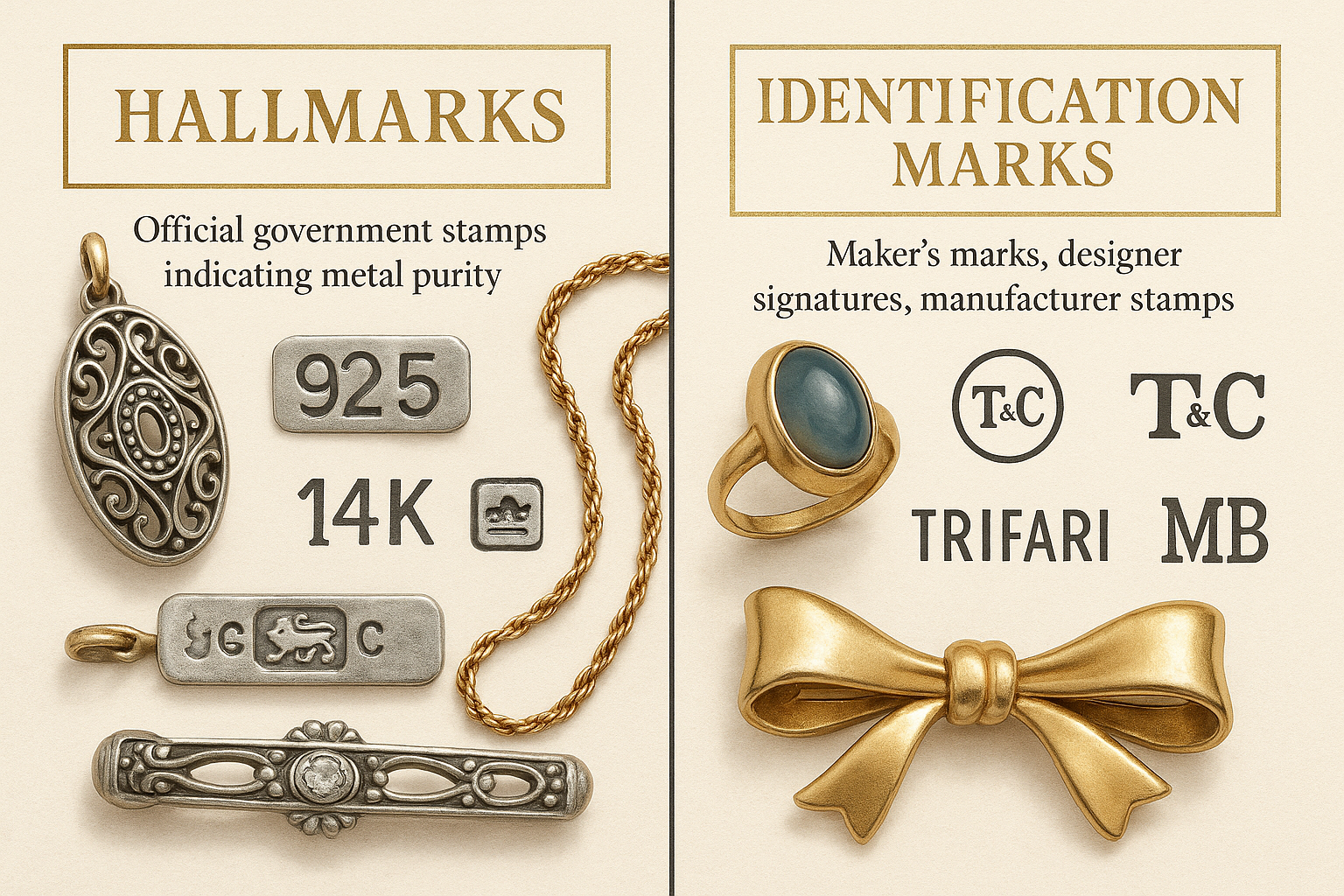
Hallmarks vs Identification Marks: What’s the Difference?
Why This Distinction Matters
Not all marks stamped on jewelry are hallmarks.
While both hallmarks and identification marks provide important clues about a piece, they serve different purposes. Mistaking one for the other can lead to confusion—or worse, the misidentification of authenticity or value.
In this guide, we break down the key differences and show you what to look for when evaluating antique and vintage jewelry.
What Is a Hallmark?
A hallmark is an official stamp certifying the metal’s purity, placed by a legally recognized assay office. Hallmarks are regulated by government authorities and are primarily concerned with:
-
Metal fineness (e.g., 18K gold, 925 silver)
-
Location of assay (e.g., London, Paris, Birmingham)
-
Date of testing (especially in British marks)
-
Duty or tax marks (historical in some countries)
Examples of Hallmarks:
-
🇬🇧 A leopard’s head (London) with a letter “O” for 1869
-
🇫🇷 An eagle’s head for 18K gold from France
-
🇺🇸 “14K” or “18K” with no assay office (U.S. doesn’t use formal hallmarking)
What Is an Identification Mark?
An identification mark is applied by the maker, retailer, or designer. It’s often referred to as:
-
Maker’s mark
-
Sponsor’s mark
-
Trademark
-
Logo
-
Serial number
These marks identify who made or distributed the item but do not guarantee the metal’s content.
Common Types of Identification Marks:
-
A lozenge-shaped cartouche in French jewelry with initials (e.g., AB*)
-
A Tiffany & Co. logo engraved on the band
-
Serial numbers found on modern Cartier or Rolex pieces
-
Custom engravings (“To My Love – 1915”)
Key Differences: Hallmark vs Identification Mark
| Feature | Hallmark | Identification Mark |
|---|---|---|
| Purpose | Certifies metal purity | Identifies maker or owner |
| Issued By | Government assay office | Jeweler or manufacturer |
| Legal Standing | Legally required in many countries | Optional |
| Appearance | Standardized symbols (e.g., lion, eagle, numbers) | Initials, logos, serials |
| Trust Level | High (used for valuation) | Supportive but not definitive |
Real-World Example
Imagine an 18K gold ring stamped with:
-
Eagle’s head → French hallmark for 18K gold
-
Lozenge with “RJ” and a star → Maker’s mark
-
“Tiffany & Co.” engraving → Brand identification
-
“750” → Numeric representation of 18K gold (75%)
Only the eagle’s head is the hallmark. The rest are identification marks or branding.
Why It’s Important
Understanding this distinction protects you from:
-
Overpaying for a falsely marked item
-
Assuming a piece is gold when it’s only branded
-
Ignoring valuable context provided by maker’s marks
At DSF Antique Jewelry, every piece we sell is individually authenticated, with hallmarks and identification marks verified for accuracy and historical consistency.

Browse Hallmarked Antique Jewelry
Explore our curated collection of gold, silver, and platinum pieces with verified hallmarks and documented maker’s marks.
➡ Browse the Collection
Conclusion
Every mark on a piece of jewelry has a purpose—but not every mark is a hallmark. Learn to distinguish between official metal certifications and maker identifications to become a more informed collector, buyer, or seller.
Keep this guide as a reference anytime you evaluate a new piece—and don’t hesitate to consult experts for a second opinion.

